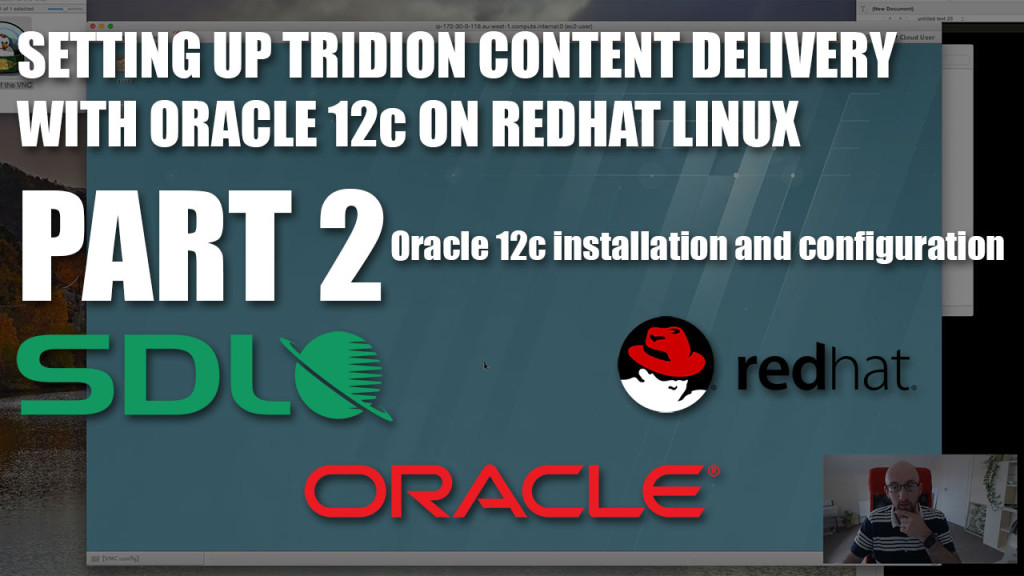 I found out how to use a new CM-side extension point today; Renderers. I had been struggling for a while with the fact that SmartTarget does not index the Keyword key – which was precisely what I wanted to set up some promotion content selection filters on. It turns out to be quite easy, and indeed gives a generic method for messing with the content that SmartTarget indexes without having to fiddle about on the Delivery side with Java or Kettle.
I found out how to use a new CM-side extension point today; Renderers. I had been struggling for a while with the fact that SmartTarget does not index the Keyword key – which was precisely what I wanted to set up some promotion content selection filters on. It turns out to be quite easy, and indeed gives a generic method for messing with the content that SmartTarget indexes without having to fiddle about on the Delivery side with Java or Kettle.
Category Archives: Architecture
Tridion DXA – Blueprinting Options
Thinking of updating the default DXA blueprinting structure? I’ve outlined some of the common scenarios to help consider how to best structure your DXA implementation.
Content Delivery on Redhat Linux with Oracle 12c – Part 2

This is the second in a three part series on setting up Tridion Content Delivery on Redhat Linux with an Oracle 12c database
Read part one of the guide that steps through the RHEL installation.
TridionRsaProtectedConfigurationProvider, and the Art of Zen

And it’s Monday. Just sayin’.
“R-S-A protected configuration provider?! What the f#$k is that, and why the f#$k is it dying an inglorious death while taking my CM with it?!” Those words, friends, are mine. It’s a rare issue that can make me angry enough to club a baby seal silently whisper expletives at an inanimate object, but it’s Monday. And I’ve had coffee… lots of coffee. Y’see, I’ve recently been involved in upgrading an entire organization’s mission-critical servers from 2011 to 2013. For the most part, as we all hope in such circumstances, it’s been a breeze; nothing to set the pulse aflutter. Until today. And that terrible, miserable, unhelpful exception provided by ASP.NET.
Edit AJAX loaded content with Experience Manager… really?
To be honest I had been a bit lazy. In all the conversations I had had on the subject of editing AJAX loaded content with Experience Manager I had been told it could not be done, so I didn’t even try. Until Jaime told me it was possible and I found out that its not even difficult. Continue reading
Who’s who in the Ambient Data Framework
 My current project has the ambition to use almost every aspect of the SDL Web suite of products, from plain old Tridion through Audience Manager, SDL Mobile, SmartTarget and finally Campaign Manager – and of course all working via Experience Manager, to provide inline editing and contextual preview.
My current project has the ambition to use almost every aspect of the SDL Web suite of products, from plain old Tridion through Audience Manager, SDL Mobile, SmartTarget and finally Campaign Manager – and of course all working via Experience Manager, to provide inline editing and contextual preview.
When looking at how these integrate, all roads lead to… The Ambient Data Framework. SDL provides a number of off-the-shelf cartridges which have varying degrees of mystery – this post aims to clear the mist and describe a little bit more than you get from the docs.
Tridion Reference Implementation Patterns 2: Mixing CMS Content With External Data
The SDL Tridion Reference Implementation (TRI) comes with out of the box controllers for loading and rendering pure content-based models. However, most web applications need to blend content with data from other sources before rendering. TRI is designed with this in mind, this post introduces the pattern for creating custom controllers which merge CMS managed content with external data.
November 2014 SDL Tridion Webinar
Today Bart Koopman from SDL and Mihai Cădariu from Mihai Consulting presented two really interesting topics at today’s November SDL Tridion Webinar:Â
- The Tridion Reference Implementation
- Cache implementation with and without DD4T
If you missed the webinar the resources are available after the jump.
Get JSON data from the SDL Tridion Reference Implementation
The MVPs got to grips with the SDL Tridion Reference implementation (TRI ) while on the yearly retreat in Portugal a couple of weeks back. In between getting people up and running with this new SDL Tridion product, I knocked up a Controller implementation to pull content/data as JSON from the web application.
Tridion Reference Implementation Patterns 1: Routing & Controller Basics
One of the goals of the SDL Tridion Reference Implementation (TRI) is to provide an example web application for which ASP.NET MVC application developers can develop functionality without deep understanding of the underlying CMS. A key difference between a ‘classic’ MVC app and a CMS managed one is how URLs are managed and the impact this has on routing requests to controllers. In this article I dig into the mechanism used in the TRI to explain how it fits together.
